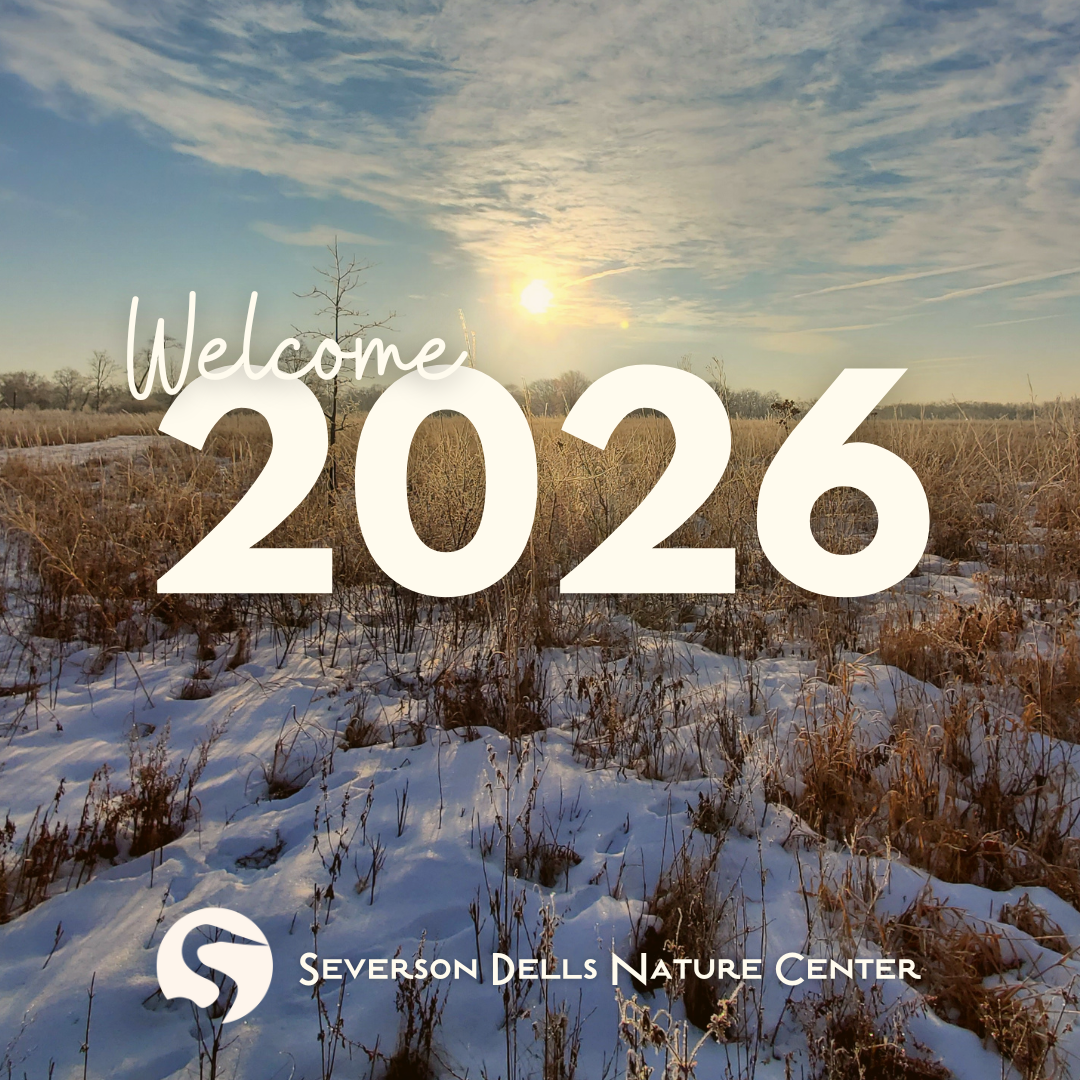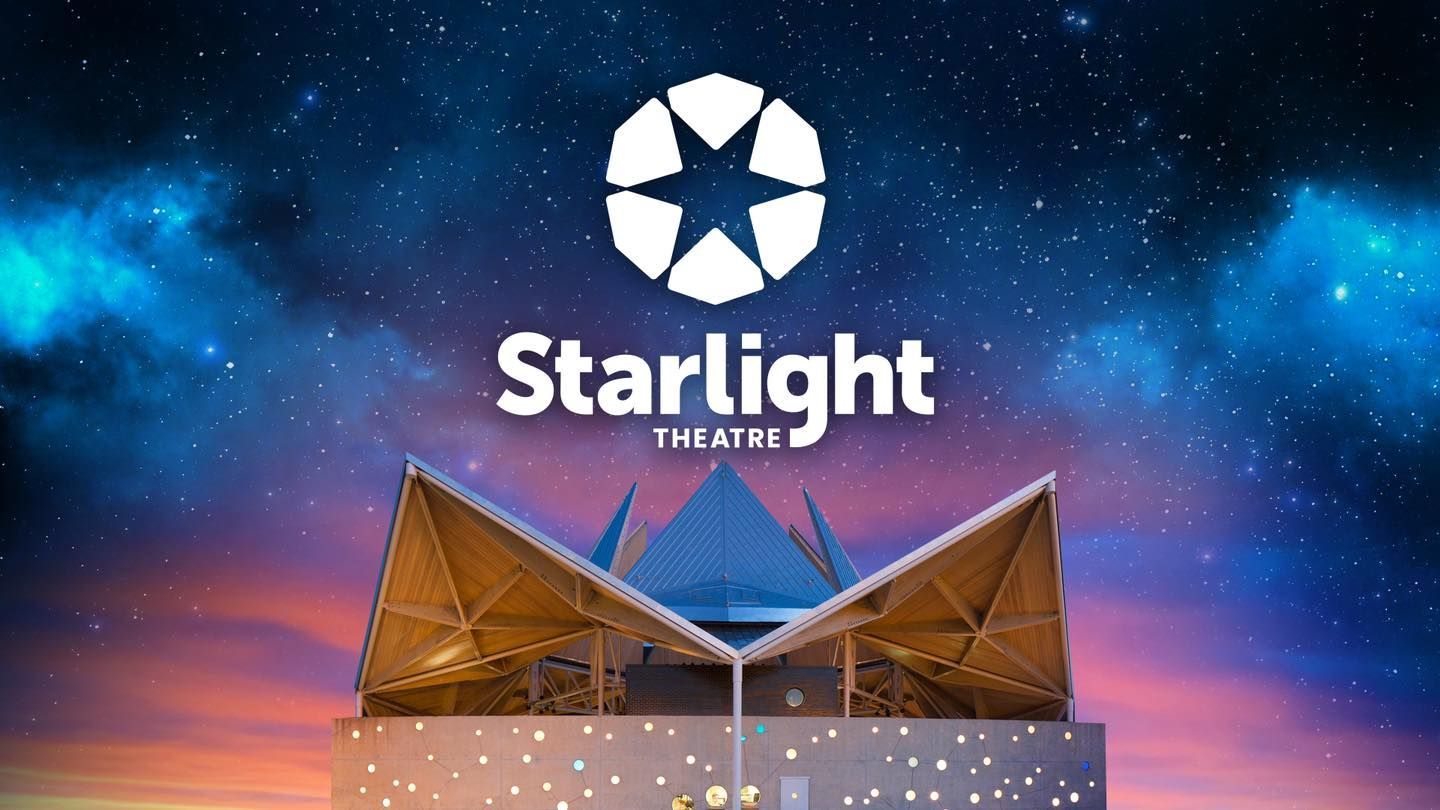FIELD NOTES BLOG
Count, Group, and Compare in Nature
Did you know you have a mathematician on your hands? That's right! Babies and toddlers are excellent at noticing simple math patterns, such as amounts and groups. Nature is full of patterns and these patterns often repeat in the lives of humans. Children naturally like to compare the sizes and shapes of things through activities like mouthing objects and playing with toys. You can help them compare things in nature too. Establishing that connection between humans and the earth through counting, grouping, and comparing will set your child up for success. Math skills are entwined with other learning domains such as language, social, and emotional development so when they feel physically safe enough to explore the world they are able to truly thrive. The world has aspects of nature everywhere you look and it's important your child feels comfortable and safe near it and that will only come with early experiences interacting with the natural world. Allowing these skills to develop will push your child to be more adept at whatever the world will throw at them.

For Infants (0-12 Months)
Everything is new to your baby right now! This means they will be sponges for information learning from as many things that you will allow them to. This is the perfect opportunity for your child to experience nature itself. With your baby, try finding a plant with multiple leaves or a flower with multiple petals. Point to each leaf or petal and count with your baby. Allow your baby to explore these plants through their senses (avoid taste), but put a major focus on touch. You can present two different plants to your baby to allow for some comparison. They will feel different textures with each plant and may notice other patterns, such as the quantity of leaves. Helping them understand these differences is also a great way to let them learn different words.
For Toddlers (12-36 Months)
Toddlers will be able to pick up more patterns and different patterns at the same time. You can add new challenges for them to keep learning and expanding their knowledge. The natural world itself is a great way to find new experiences and here you can try this fun scavenger hunt that anyone can use!

With this simple scavenger hunt you can look for all kinds of shapes, colors, and textures! It's a fun challenge that can get your child to practice their observation skills. As you explore outside with your toddler, follow their interests and talk with them about what they observe. This not only helps them with noticing patterns and their language development, but improves their comfort and confidence in nature.
Here is a great activity* from our friends at Little Pine Learners: https://littlepinelearners.com/nature-find-and-count-math-activity/
*We only ask that you not pick anything that is still living.
I hope you enjoy challenging your little one to help them better understand the world through nature's patterns.
RECENT ARTICLES































